

James Wong
2025 Mazda CX-5 G25 Touring AWD review
5 Days Ago
The first hydrogen-powered BMW could hit showrooms by the end of the decade, with a wider range rollout to follow.

Deputy Marketplace Editor
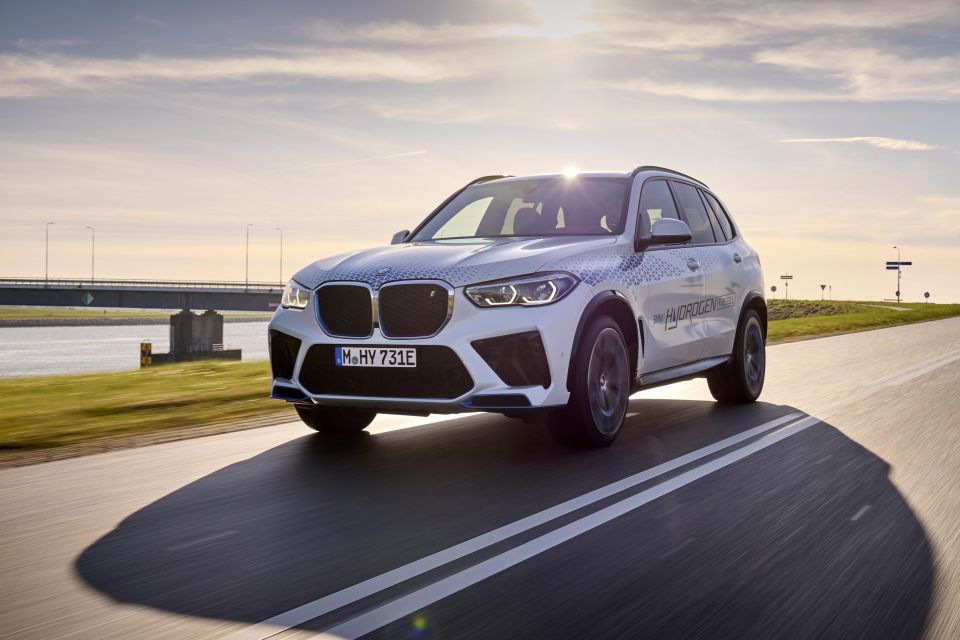

Deputy Marketplace Editor
The manager of BMW’s hydrogen program hopes to put a hydrogen fuel cell electric vehicle (FCEV) into production within a matter of years, pending an upcoming decision by the brand on the future of its hydrogen program.
The Bavarian carmaker is currently touring its iX5 hydrogen development car across the globe, with the hope of putting a production FCEV to market by the end of the decade.
But there’s no guarantee that you’ll ever see a hydrogen-powered BMW in showrooms, as the brand is still yet to commit to hydrogen passenger cars with a decision on the technology to be made later this year.
BMW general manager of hydrogen technology Dr Jürgen Guldner says, however, that all the pieces are in place for a production model to launch by 2030.

“We haven’t decided which car but we are prepared to launch a vehicle still within this decade,” Dr Guldner told CarExpert.
“Once we have made the decision we have to develop the car which will take a few years, then we’ll make a decision which markets are ready to take up to technology.”
BMW won’t disclose any information about the potential debut hydrogen model, but it’s feasible that the iX5 development car could be in line for a production run.
Based on the X5 SUV, the iX5 is powered by a hydrogen fuel-cell powertrain consisting of two carbon-fibre-reinforced plastic (CFRP) hydrogen tanks that can store up to 6kg of hydrogen under 700 bar of pressure; a fuel cell producing 125kW; and an electric motor and a battery pack.
Total system output is 295kW, while refuelling takes less than five minutes and BMW claims a driving range of over 500km.
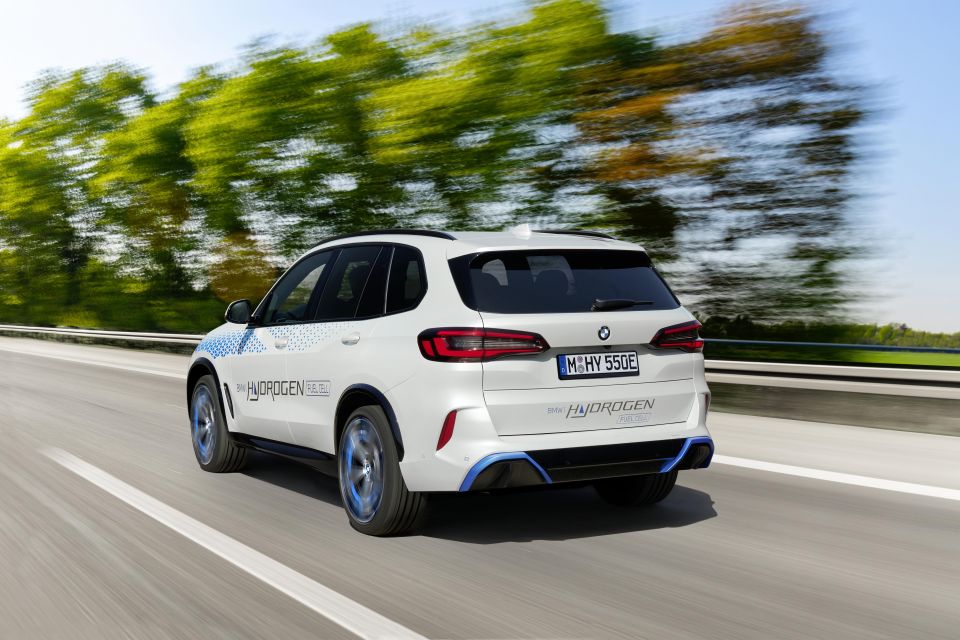
If not a production version of the iX5, the first hydrogen BMW remains likely to be an SUV. Dr Guldner confirmed that the powertrain featured in the iX5 development car can also be carried over to other models.
Just don’t go expecting a hydrogen-powered 1 Series or 5 Series any time soon, as a rollout across the model range isn’t likely until later next decade.
“A rollout would come later, in the 2030s because it’s a long-term project,” Dr Guldner added.
“We’ve been working as BMW on hydrogen for 40 years… it’s not unusual for us that something takes a few decades.
“We’re just looking at the right point in time to launch.”
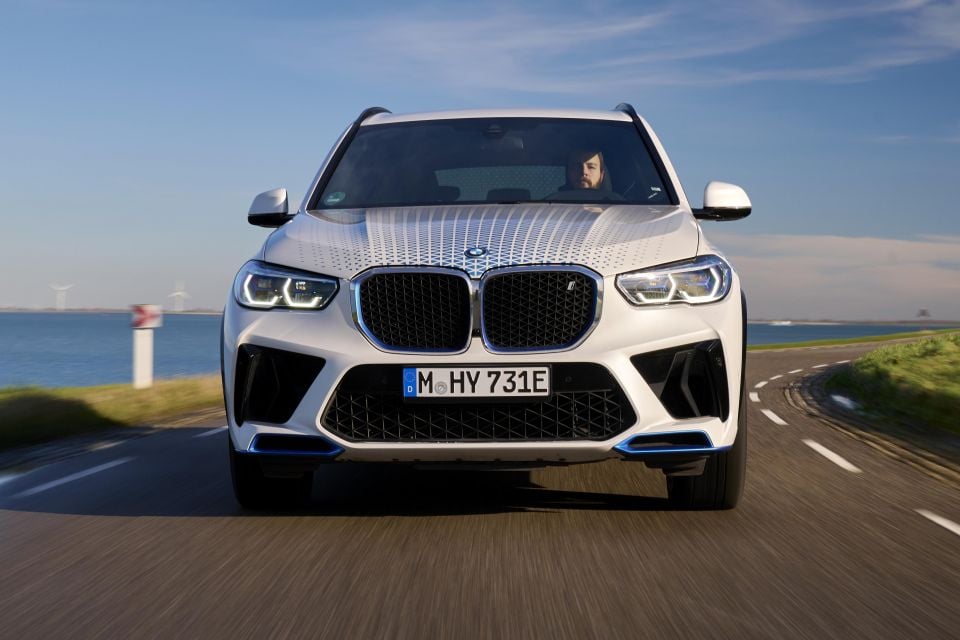
As for where a BMW FCEV will be sold, there are several markets that have the infrastructure and/or ambition to support hydrogen passenger cars.
A network of hydrogen refuelling stations exists in the US state of California, while the EU is set to mandate the installation of hydrogen refuelling infrastructure at all urban nodes and positioned at intervals of every 200km, commencing in 2030.
Fewer than 10 operational hydrogen refuelling stations are scattered across Australia, but Dr Guldner sees a lot of potential Down Under.
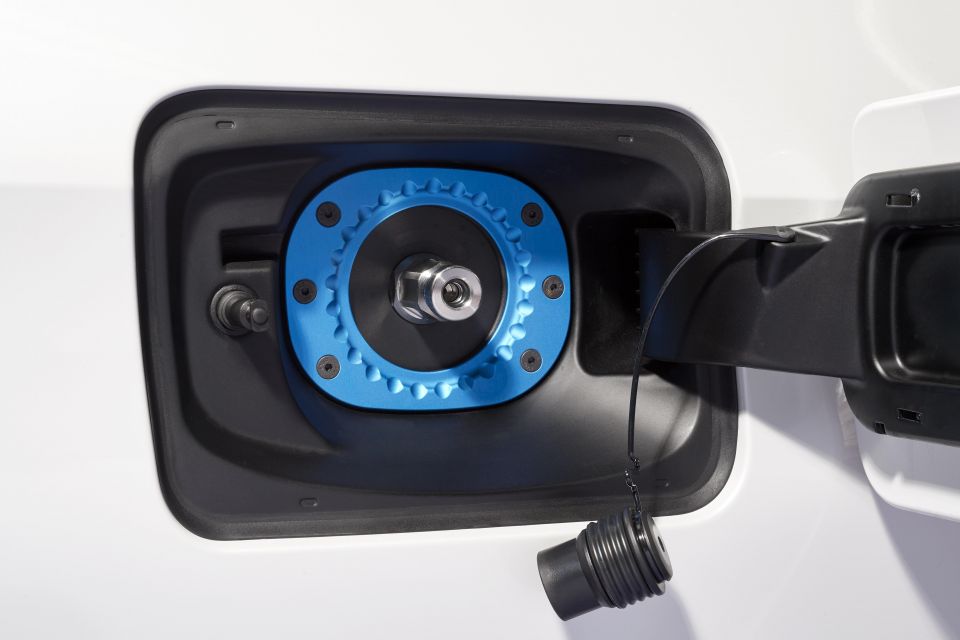
“Hydrogen is ideal for Australia because you have a lot of solar and wind so you can use produce a lot of hydrogen for export, but why not use it too?” said Dr Guldner.
“You also have long travel distances and metropolitan areas where electric charging at scale could be an issue.
“All the ingredients are there.
“All the countries that have sufficient infrastructure are potential markets for us. There’s a lot of places that already have infrastructure like California, Europe will have an infrastructure, Japan, Korea, China, and there’s a lot of countries that are interested in building an infrastructure like Australia.”
Josh Nevett is an automotive journalist based in Melbourne, Australia. Josh studied journalism at The University of Melbourne and has a passion for performance cars, especially those of the 2000s. Away from the office you will either find him on the cricket field or at the MCG cheering on his beloved Melbourne Demons.


James Wong
5 Days Ago


Max Davies
4 Days Ago


Josh Nevett
3 Days Ago


Josh Nevett
2 Days Ago


Paul Maric
1 Day Ago
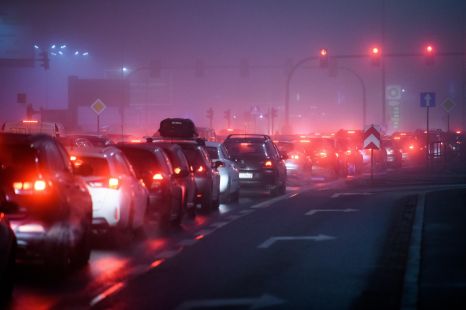

Damion Smy
20 Hours Ago